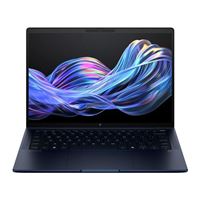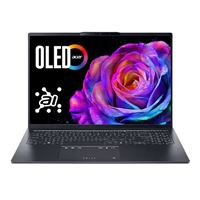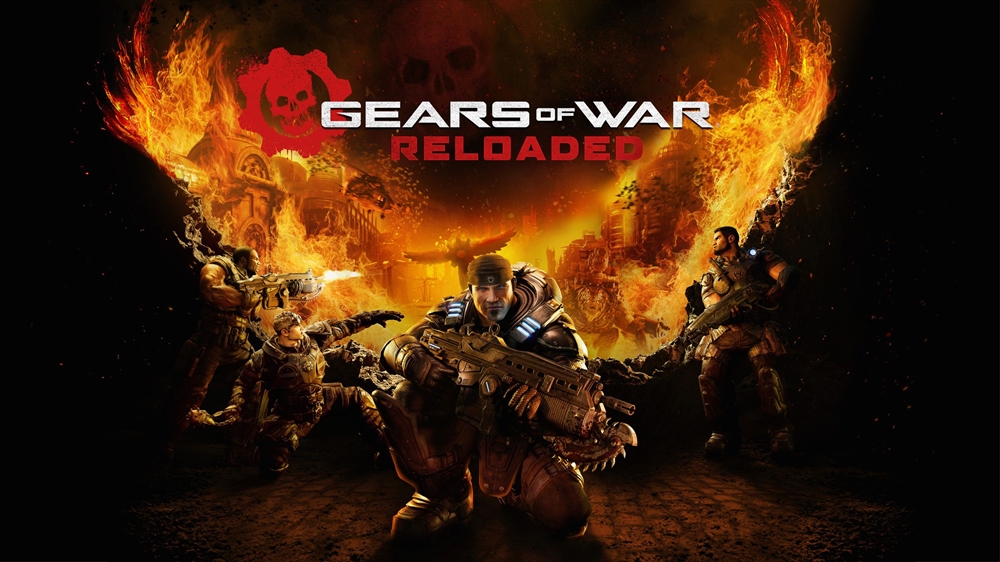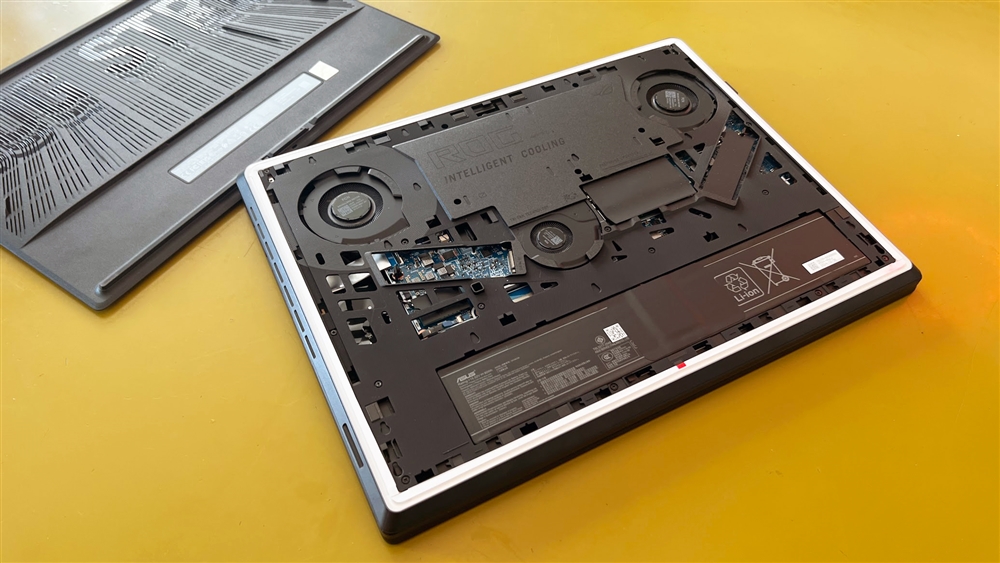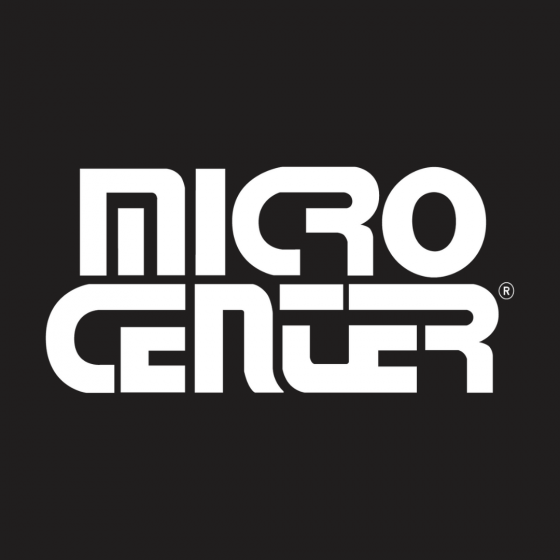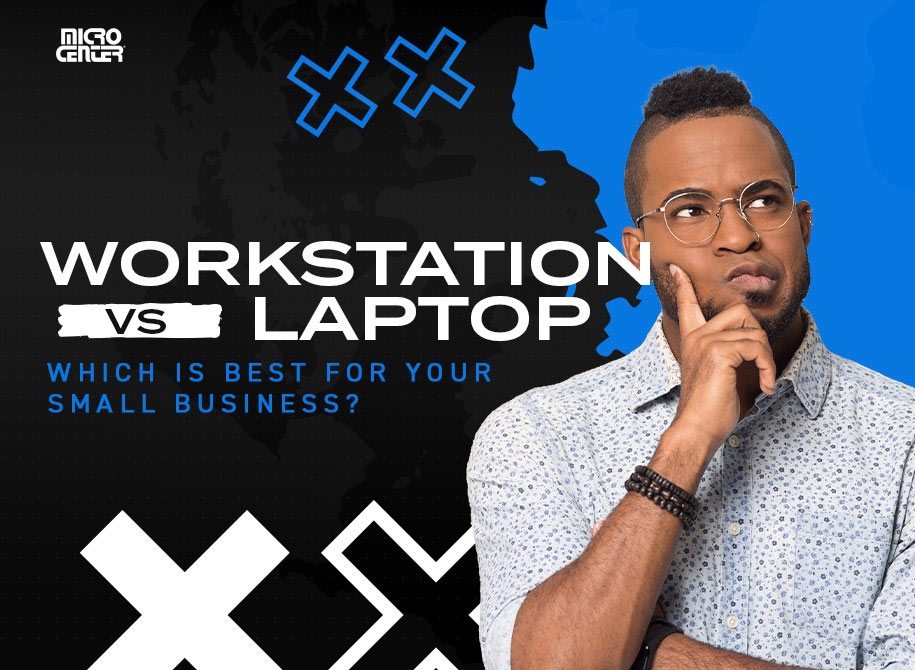The Small Business Owner's Guide to AI Analytics
Small businesses need to pick the right software (and hardware) to get the most out of AI.How-To
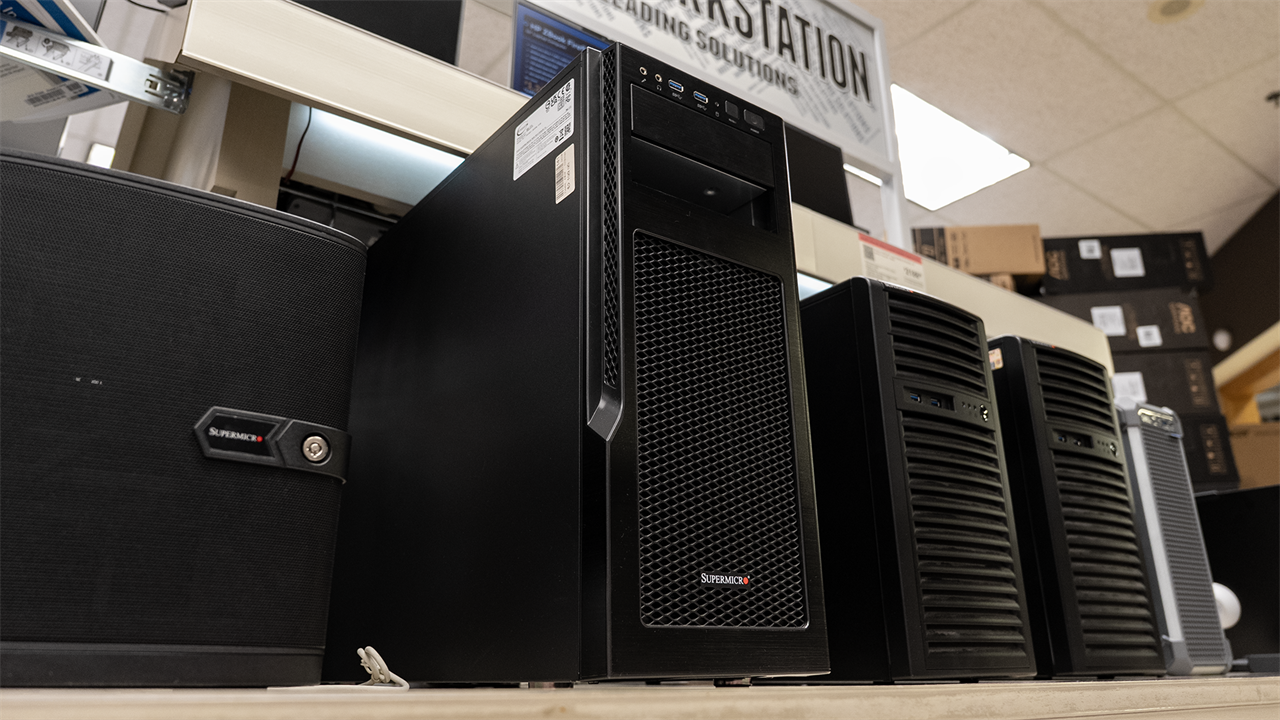
A huge number of small businesses are now using AI-powered solutions in the course of everyday operations, according to a recent survey by The U.S. Chamber of Commerce and Teneo. Four in ten are further leveraging Generative AI tools to aid with tasks like generating images and videos or fielding customer service queries using chatbot software -- a figure that’s growing by double digits.
Researchers note that smart technology can play a key role in creating competitive advantage, so if you’re not using artificial intelligence and automation tools as a small business owner or operator already, odds are you will be by this time next year. That makes upgrading your IT hardware to systems and accessories that are capable of powering artificially intelligent apps and analytics tools a smart investment.
Across the board, companies have access to more information at any point in history, especially with the majority of the world’s data created over the past 10 years. On top of it, literally every single exchange or interaction that a small business has with employees, suppliers and customers can now potentially yield useful insights that can help you streamline and enhance business operations. Noting this, it’s no surprise that nearly two-thirds of companies will be fully-data driven by 2026, technology firm Cloudtalk reports.
So the question for you is, exactly what analytics insights and data points should companies be tracking? And how can we translate all this information into actionable intelligence?
From insight to foresight: what AI can actually do
Using new AI and analytics tools can transform how any given small business understands and interacts with its customers. By analyzing purchase histories, browsing behaviors, and demographic information, and a host of other variables, AI can identify patterns that humans might miss. That enables your small business to do things like create personalized marketing campaigns for specific customer segments, optimize pricing strategies, or identify at-risk customers before they drop off.
For example, a neighborhood bookstore might use AI and analytics tools to identify that customers who purchase mystery novels often return within 30 days to buy thrillers as well, creating an opportunity for targeted promotions.
At the same time, analytics provide essential competitive intelligence, allowing you to monitor social media to gauge brand perception, track competitors’ pricing strategies, and identify emerging market trends before they become mainstream. For instance, Natural Language Processing (NLP) enables a business to analyze unstructured text data from customer reviews to find trending issues, while a bakery with a physical location could use computer vision to analyze foot traffic patterns and optimize its store layout.
While basic analytics help you understand past performance, predictive analytics take things further by empowering you to forecast future outcomes. This means you can project sales figures for the next year, anticipate seasonal fluctuations in demand, and forecast inventory needs to prevent stockouts. This is part of a natural progression as your comfort with these tools grows, moving from descriptive analytics (what happened), to diagnostic analytics (why it happened), and then to predictive analytics (what will happen). The ultimate goal is prescriptive analytics, where the system can proactively suggest decisions, like automatically placing replenishment orders or adjusting marketing campaigns based on performance data.
Putting these tools to work requires identifying the key business metrics to track. While it's always important to consider top-line numbers like gross revenue and bottom-line metrics for profit, the real insights come from measuring specific data points. By keeping a close eye on success metrics in distinct areas such as marketing, sales, and customer service, you can better allocate resources, improve performance, and identify challenges or opportunities as they arise.
Essential hardware for SMB AI analytics
As alluded earlier, AI and automation offer game-changing opportunities to gain more visibility into business operations, market trends and customer needs than ever. What’s more, predictive analytics tools also offer the chance to help you spot potential opportunities or hiccups before they arise. That said, as a small business, it’s important to have the right computing hardware and accessories in place to capitalize on these advancements.
Laptops with Neural Processing Units (NPUs)
NPUs are specialized processors designed specifically for managing high-intensity AI computing workloads. Laptops equipped with NPUs can perform AI computations more efficiently than traditional CPUs alone, making such notebook PCs ideal for small businesses thinking of implementing AI-powered analytics.
Case in point: Small retail businesses might use NPU-equipped laptops to run inventory optimization algorithms or analyze customer foot traffic patterns in real-time, all without sending any data off to an online AI tool.
Desktop Workstations with Dedicated GPUs
For more intensive AI analytics workloads, desktop workstations with dedicated graphics processing units (GPUs) offer substantial computational power. You’ll find them especially helpful when working with Generative AI programs to create photos, videos or animated content or simulations and 3D models as well.
For instance: Small manufacturing businesses might use GPU-powered workstations to analyze production line efficiency by using digital twins of these lines to stress test them under different scenarios or predict equipment maintenance needs.
To get the most out of AI offerings at work and to grow your small business, including making smart use of web browsers, AI agent virtual helpers, email, etc. it helps to invest in the right hardware upgrades. A good starting point is:
A Dedicated Neural Processing Unit (NPU): Look for laptops advertised with an NPU. This specialized chip handles AI tasks efficiently right on the device, which is faster and more secure than relying on the cloud.
Plenty of RAM: For running multiple programs and handling large datasets, 64GB of RAM is becoming the new standard for serious work, ensuring smooth performance during intensive AI workloads.
Advanced Cooling: AI tasks generate a lot of heat. A system with a robust thermal solution will prevent your computer from slowing down (or "throttling") in the middle of an important job.
Business-Grade Security: Features like Intel's vPro platform add a layer of hardware-based security, which is essential for protecting the sensitive business and customer data your AI models will be trained on.
AI can be a game-changer for small biz
Long story short: AI and analytics present a significant opportunity for small businesses to build competitive advantage and operate more productively and cost-effectively in today's data-driven marketplace. By strategically investing in appropriate hardware, whether NPU-equipped laptops, GPU desktops, or supporting part upgrades and accessories, small businesses can unlock insights that help drive growth while keeping operating challenges to a minimum.
Take it from a futurist: Forward-thinking small business owners and operators who embrace artificial intelligence and analytics capabilities today will be far more well-positioned for success in tomorrow’s business world.
More from MC News
- Everything You Need to Know About WiFi 7
- Keyboard 101: Intro to Computer Keyboards
- The NVIDIA 50 Series Laptop Buying Guide
- Can Your PC Run OpenAI's New GPT-OSS Large Language Models?
- Best 3D Printer Projects for Nintendo Switch 2
- How to Upgrade Your Laptop's RAM and Storage
- How to Build Your Own AI Personal Assistant
- The End is Coming for Windows 10: What You (Still) Need to Know
- Fix It Yourself: Talking to iFixit on Why Repairable Tech Matters
Futurist keynote speaker and strategy consultant Scott Steinberg is the author of 30 books on trendspotting, innovation and business strategy. A thought leader and strategic advisor for 2500 brands, recent works include Fast Forward: How to Turbo Charge Business, Sales and Career Growth and Think Like a Futurist. You can contact him at www.FuturistsSpeakers.com
Comment on This Post
See More Blog Categories
Recent Posts
Workstation vs. Laptop: Which is Best for your Small Business?
To help you determine whether a workstation or a laptop is the best choice for your business's needs, consider the factors we'll discuss below.
Continue Reading About Workstation vs. Laptop: Which is Best for your Small Business?


